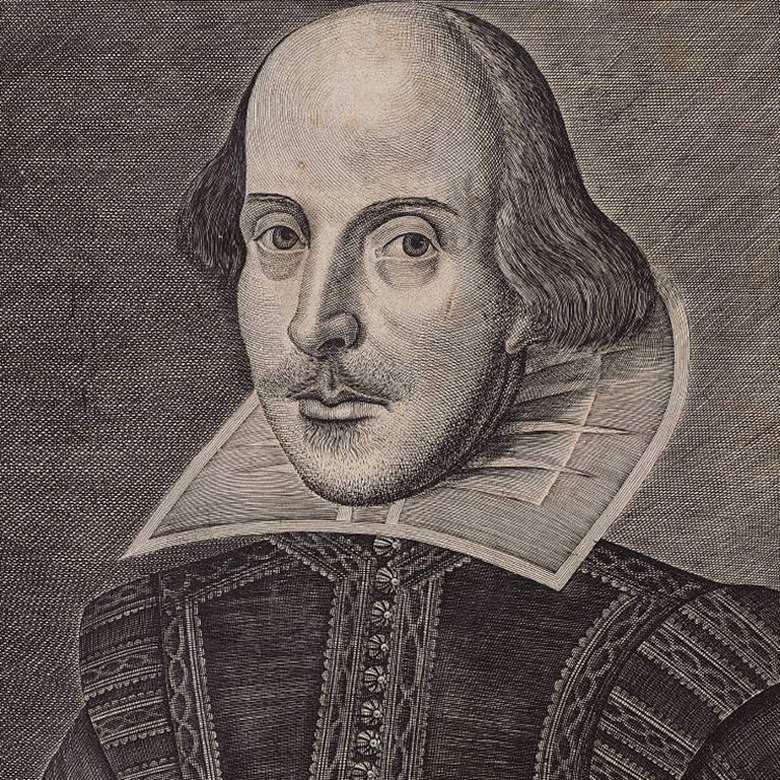Shakespeare in music
John Steane
Thursday, April 21, 2016
John Steane on how the Bard inspired composers - and how music, in turn, inspired him

Register now to continue reading
Thanks for exploring the Gramophone website. Sign up for a free account today to enjoy the following benefits:
- Free access to 3 subscriber-only articles per month
- Unlimited access to our news, podcasts and awards pages
- Free weekly email newsletter







